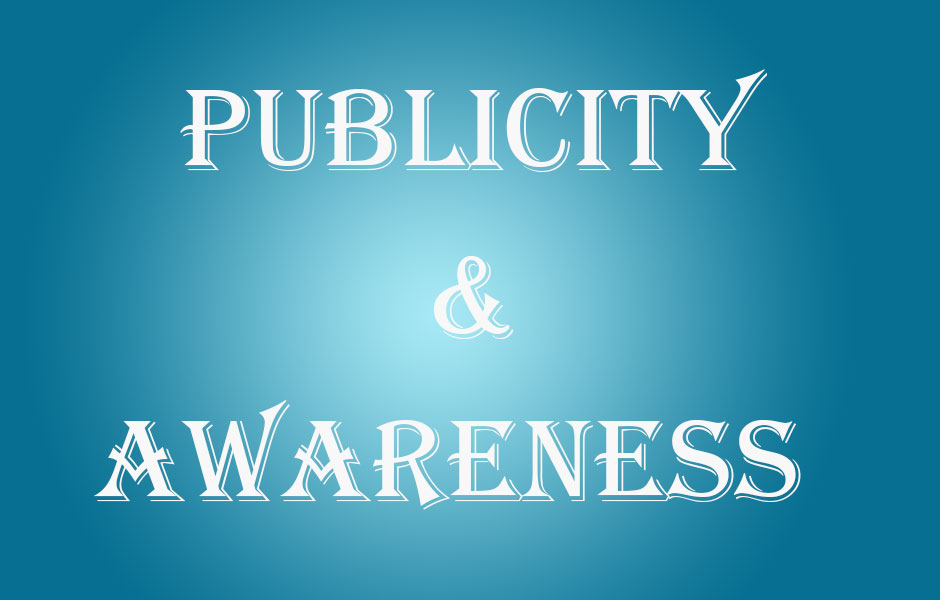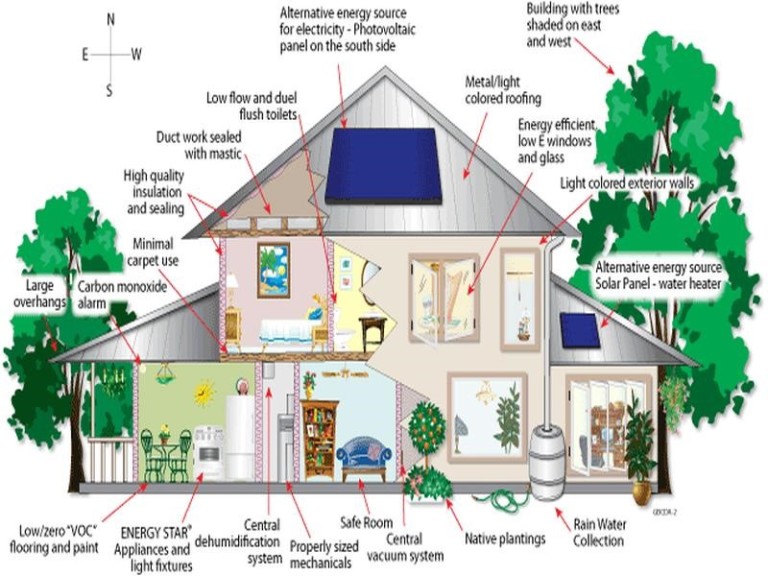
Executive Summary of the project
Fund allocated from BEE: 10 lakhs
Fund allocated under category: Publicity & Awareness
Easy low-cost and no-cost ways to save energy
Install a programmable thermostat to lower utility bills and manage your heating and cooling systems efficiently.
Air dry dishes instead of using your dishwasher’s drying cycle.
Turn things off when you are not in the room such as lights, TVs, entertainment systems, and your computer and monitor.
Plug home electronics, such as TVs and DVD players, into power strips; turn the power strips off when the equipment is not in use —
TVs and DVDs in standby mode still use several watts of power.
Lower the thermostat on your water heater to 120°F.
Take short showers instead of baths and use low-flow showerheads for additional energy savings.
Wash only full loads of dishes and clothes.
Air dry clothes.
Check to see that windows and doors are closed when heating or cooling your home.
Drive sensibly; aggressive driving such as speeding, and rapid acceleration and braking, wastes fuel.
Look for the ENERGY STAR® label on light bulbs, home appliances, electronics, and other products.
The LED revolution
An LED lamp is a light-emitting diode (LED) product which is assembled into a lamp (or light bulb) for use in lighting fixtures. LED lamps have a lifespan and electrical efficiency which are several times longer than incandescent lamps, and significantly more efficient than most fluorescent lamps, with some chips able to emit more than 300 lumens per watt (as claimed by Cree and some other LED manufacturers). The LED lamp market is projected to grow by more than twelve-fold over the next decade, Like incandescent lamps and unlike most fluorescent lamps (e.g. tubes and compact fluorescent lamps or CFLs), LEDs come to full brightness without need for a warm-up time; the life of fluorescent lighting is also reduced by frequent switching on and off. The initial cost of LED is usually higher. Degradation of LED dye and packaging materials reduces light output to some extent over time.

Green buildings (also known as green construction or sustainable building) refer to both a structure and the using of processes that are environmentally responsible and resource-efficient throughout a building’s life-cycle: from siting to design, construction, operation, maintenance, renovation, and demolition.


